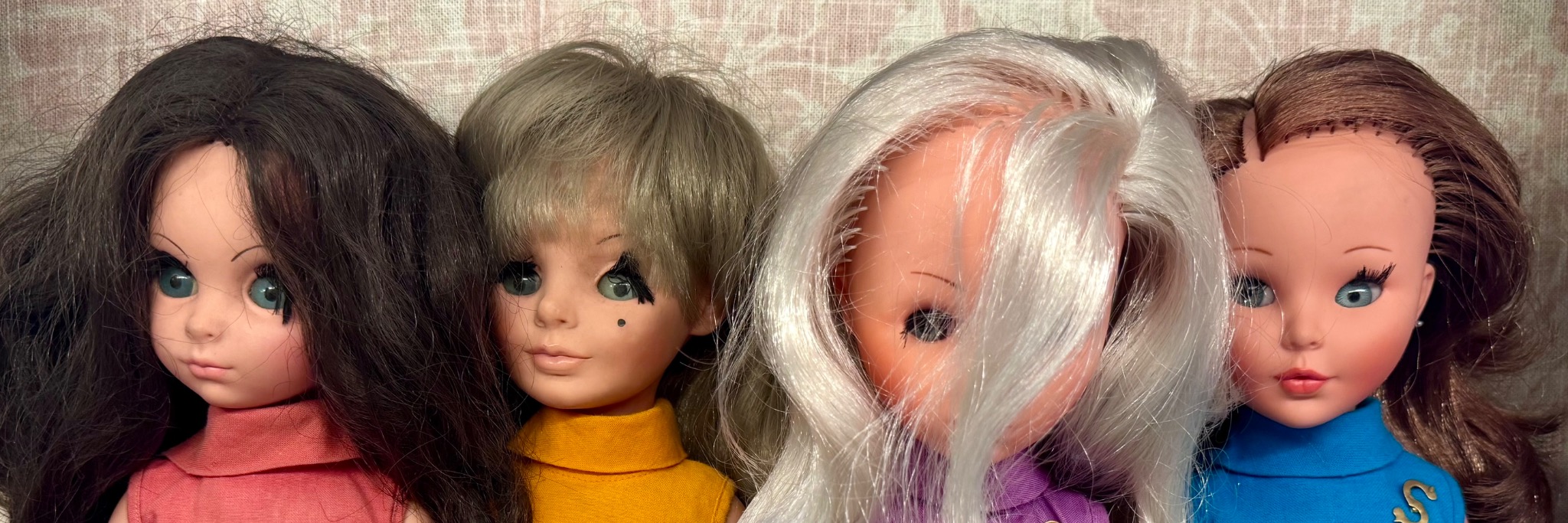
Why the House of 1,000 Dolls Is Mexico City’s Newest Must-See Museum
BY MARK CHESNUT
Whether you're a doll collector or not, there's a new museum in Mexico City that may need to be on your must-see list: the Museo Casa de las Mil Muñecas — the House of 1,000 Dolls Museum.
You can see a video reel I made of this fascinating museum by clicking here or scrolling to the bottom of this article.
Tucked away in Mexico City’s trendy Roma Norte neighborhood, this wonderfully peculiar museum opened in 2024 and offers a glimpse into the city’s vibrant culture and centuries-old fascination with dolls. Housed in a beautifully preserved 1919 mansion, this multi-story collection has quickly become a must-see for both enthusiasts and curious travelers.
From colonial-era heirlooms to Barbies that evoke childhood nostalgia, the museum presents dolls in all shapes, sizes, and historical contexts. It is a testament not only to the evolution of playthings but also to the diverse stories, traditions, and pop culture influences that have shaped Mexican identity.
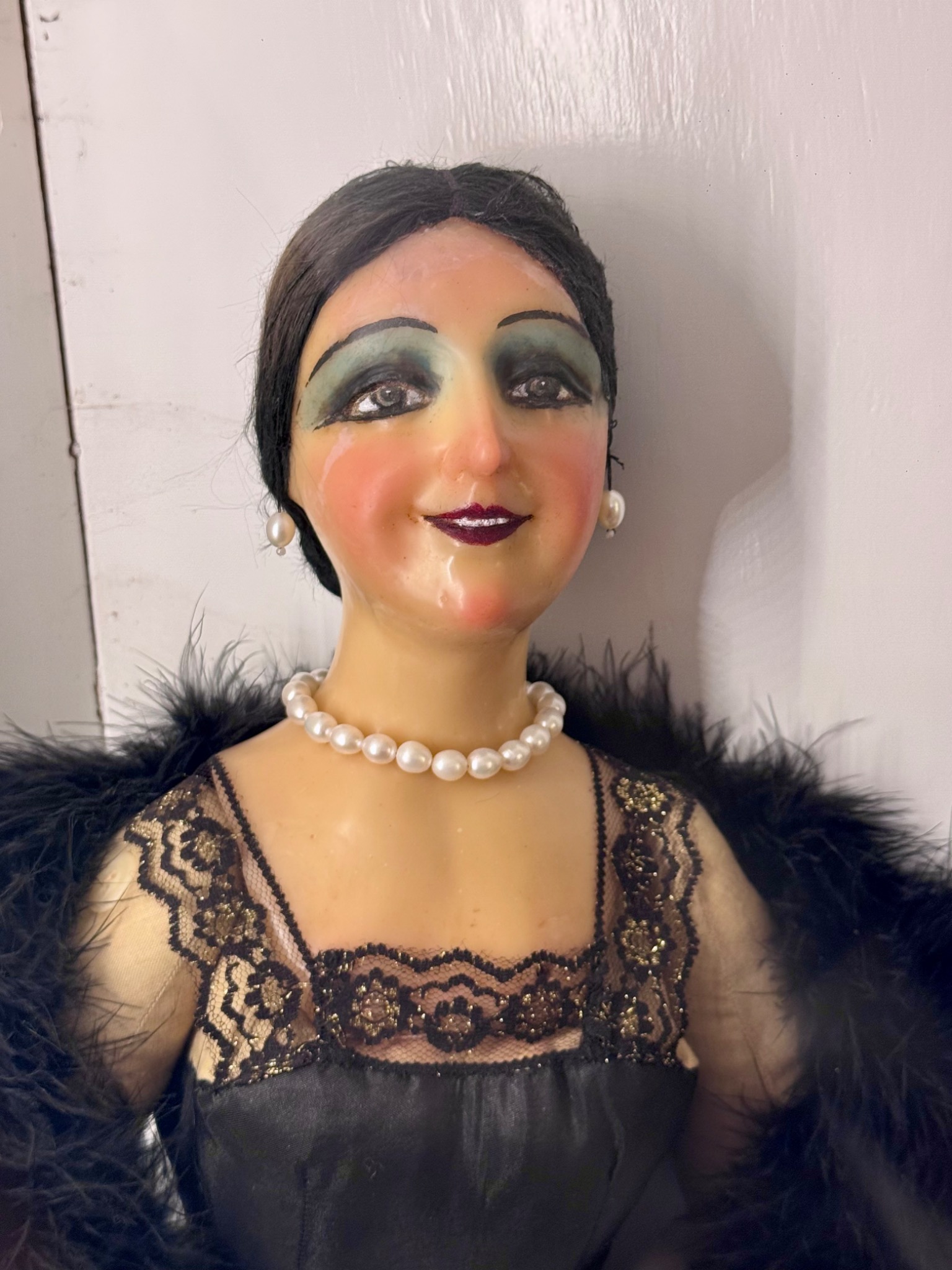
One of the most appealing aspects of Museo Casa de las Mil Muñecas is its remarkable range of dolls. Visitors can wander past glass cases filled with early 20th-century figurines and intricately dressed porcelain collectibles, taking note of how styles and materials have changed over time. The journey begins with colonial-era dolls that reflect vestiges of Spanish influence, evident in their handcrafted lace and period-specific clothing. These early pieces speak to the cultural fusion that has taken place in Mexico since the 16th century, capturing details of daily life and social structures that are rarely seen elsewhere. Working my way through the multiple exhibit rooms, I worked my way through mid-century models that illustrate the rise of global pop culture, while a dedicated section proudly showcases Barbie’s many looks and transformations.
Within this kaleidoscope of dolls, certain figures stand out, each with a story that ties back to Mexico’s rich cultural heritage. One such example is the doll representation of La India María, a beloved comedic figure portrayed by actress and comedian María Elena Velasco. Known for her traditional indigenous attire, playful innocence, and witty humor, La India María charmed audiences from the 1960s onward. Her doll form wears the iconic braids and embroidered blouse, instantly recognizable to those familiar with the actress’s legacy. It serves as a reminder of the museum’s commitment to preserving pop culture icons who left an indelible mark on national entertainment.
••••••••
THE YEAR IN REVIEW: A look at Travel Content Specialist Mark Chesnut's Work with Top Travel Industry Clients
••••••••
Equally noteworthy are the Frida Kahlo and Diego Rivera dolls, which depict the legendary Mexican painters whose bold work and life stories made them global icons. The Kahlo doll particular doll is dressed in attire similar to Kahlo’s actual wardrobe, including a brightly colored dress and flower-adorned hairstyle. The detailing extends to accessories inspired by Kahlo’s love of jewelry and symbolic adornments, including beaded necklaces and hair ribbons.
No exploration of this unique museum would be complete without encountering the storied Frozen Charlotte doll, which boasts one of the most intriguing histories in the entire collection. Dating back to the 19th century, Frozen Charlotte is a one-piece porcelain figurine often linked to a cautionary tale about a young woman who, through her own vanity, allegedly refused to bundle up on a sleigh ride and perished from the cold. Although it might appear as a simple toy, it tells a complex moral narrative that has been passed down for generations, reflecting cultural values around caution, modesty, and virtue. The Frozen Charlotte doll’s stark, unjointed body and fragile nature make it both fascinating and haunting — an embodiment of how dolls can function as cultural artifacts beyond mere child’s play.
••••••••
DON'T MISS: 9 Absolutely Bonkers Airline Gimmicks That Would Never Fly with Passengers Today
••••••••
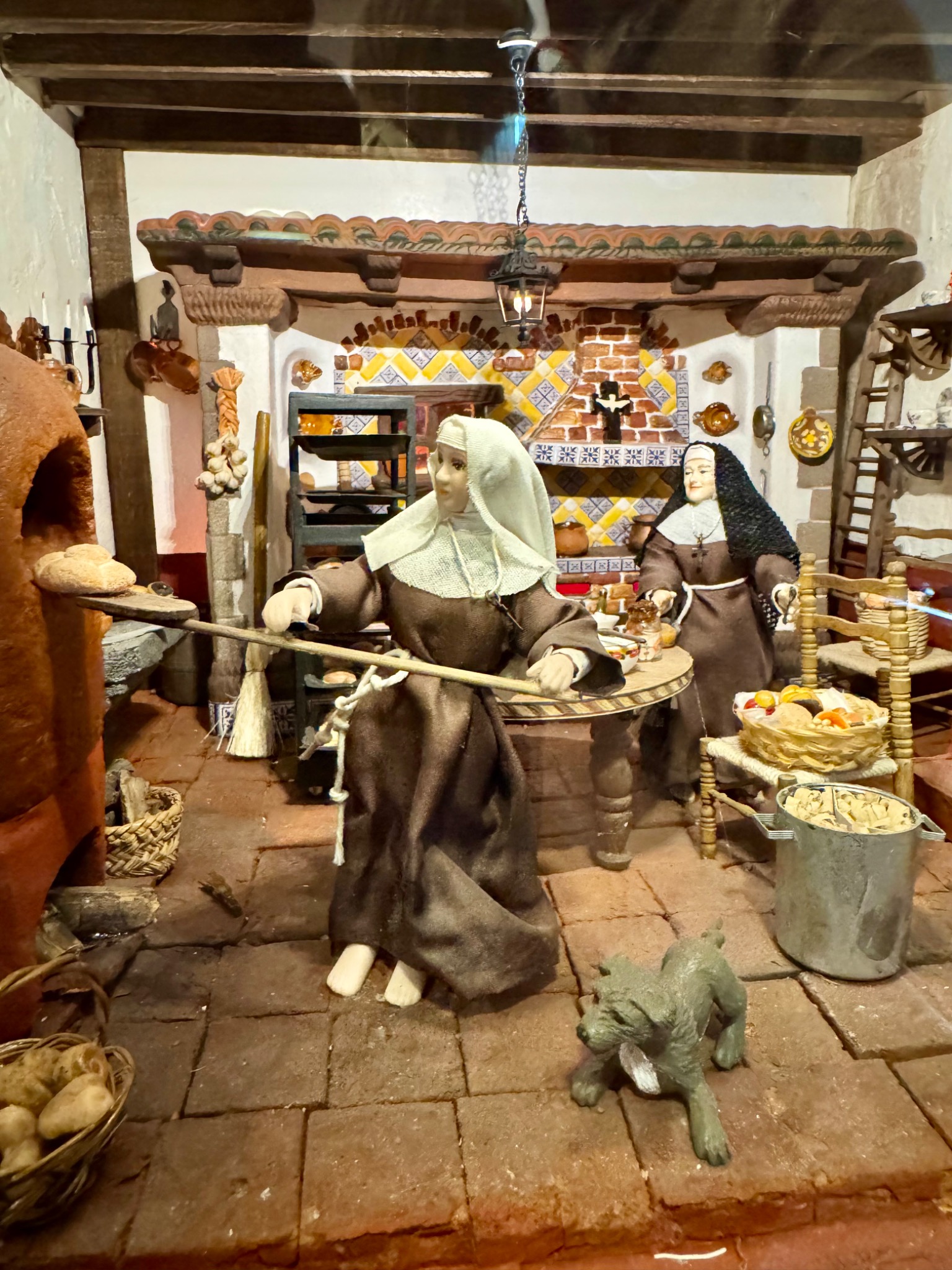
Beyond the fascinating dolls, the House of 1,000 Dolls in Mexico City also entranced me with its row after row of exquisitely arranged dollhouses and miniature scenarios. These recreated environments are meticulously detailed, showcasing various facets of domestic life and historical themes. The delight lies in examining each tiny piece of furniture, each hand-painted wall, and each life-like figurine engaged in everyday tasks. The sets and dollhouses pay homage to different eras in Mexican and world history — and there’s a pretty cool version of a haunted doll house, too, populated by tiny witches and other beings. I was also drawn to the street scene in which a group of nuns were seated at an outdoor cafe.
In addition to the museum’s exhibitions, the Museo Casa de las Mil Muñecas offers lots of photo opportunities — and it’s also home to a cute, pink-hued café that serves food and beverages, in an ambiance that befits the museum’s theme.
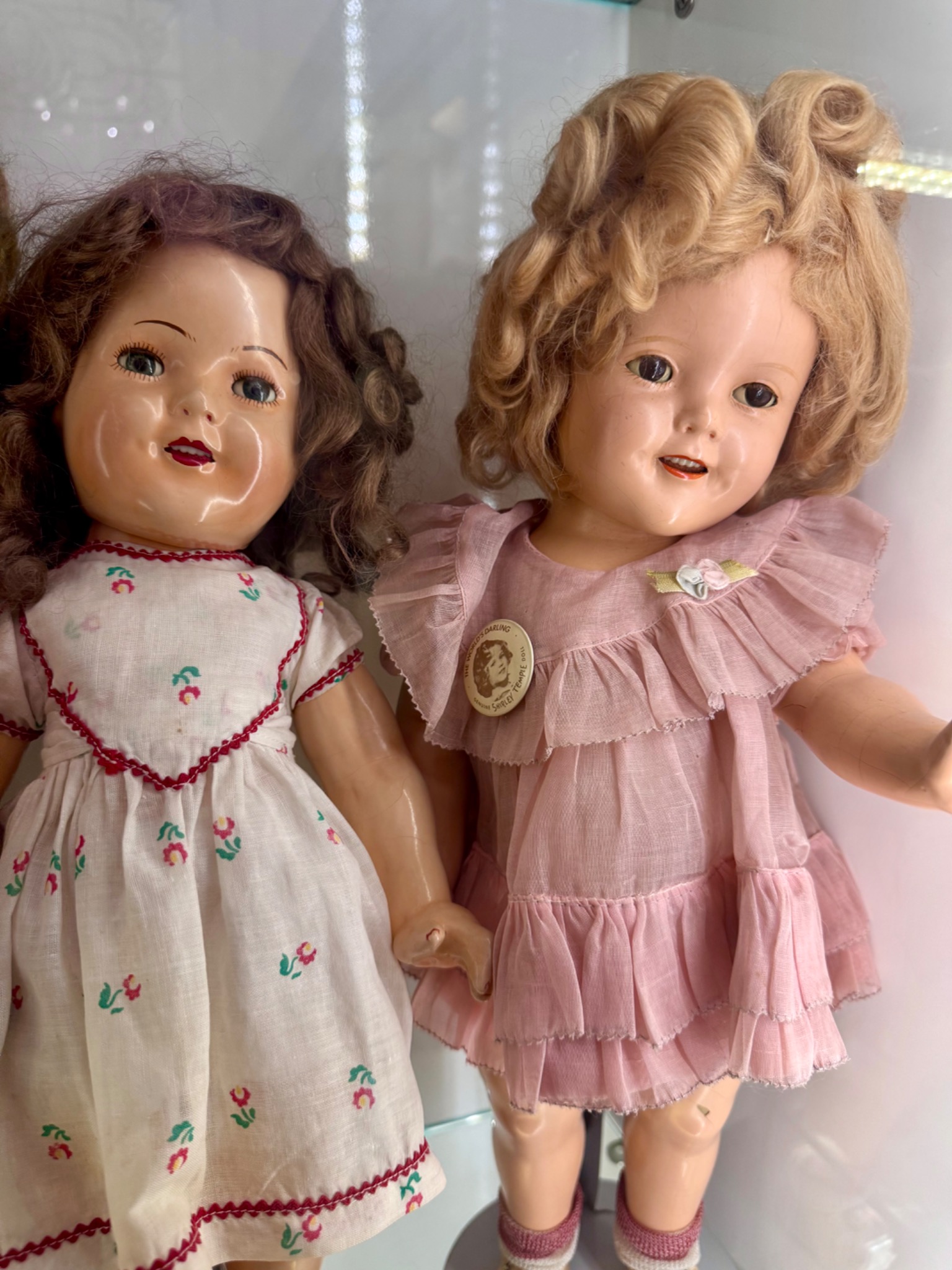
All told, Museo Casa de las Mil Muñecas stands as a dazzling tribute to Mexico’s wide-ranging artistic and cultural influences, inviting visitors to connect with the past in a truly creative way. Whether it’s the comedic charm of La India María, the revolutionary spirit of Frida Kahlo or the haunting legacy of Frozen Charlotte, each doll carries a piece of the city’s — and the world’s — story. Anyone interested in pop culture would likely find something of interest at this museum, if only to rediscover the simple joys of play and the timeless allure of collecting.
If you’re really into vintage toys, by the way, there’s another noteworthy museum you should put on your itinerary: the Museo del Juguete Antiguo (Museum of Antique Toys). This multi-level facility also stands out for its extensive collection of vintage playthings from around the world — including dolls and lots of other types of toys. Those who savor the nostalgia of childhood or are fascinated by the history of toys will find it equally captivating.
Mexico City supposedly has more museums than almost any city on earth, and these two are just a tiny sample of the diverse attractions that await. If you're looking for interesting things to do in Mexico City, consider adding these attractions to your list.
ABOUT MARK CHESNUT
Mark Chesnut is a New York City-based journalist, editor, travel industry consultant and public speaker with more than 30 years of experience. The winner of the 2019 NLGJA Excellence in Travel Writing Award, Mark is the author of the book Prepare for Departure. Follow him on Instagram!

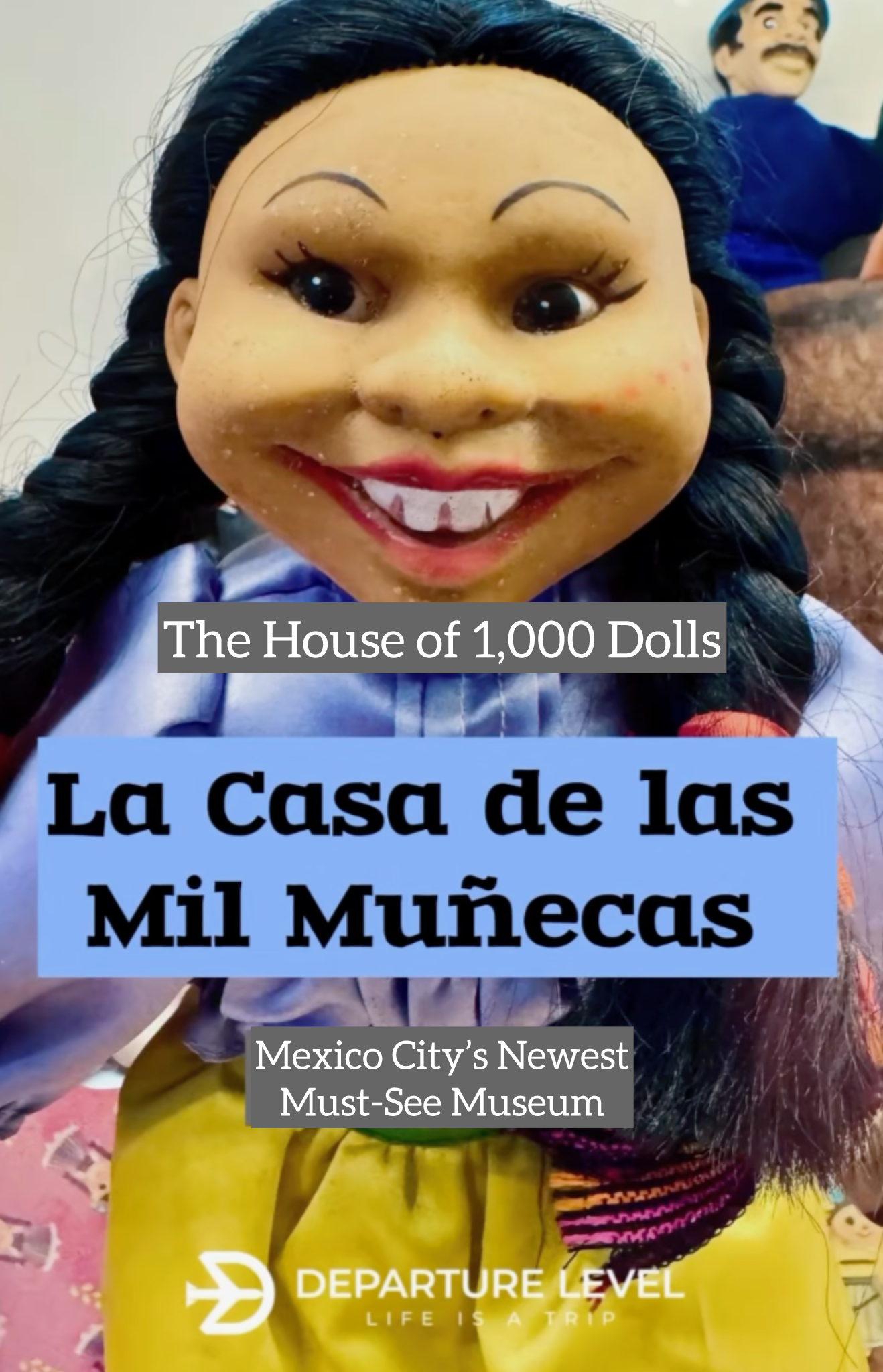
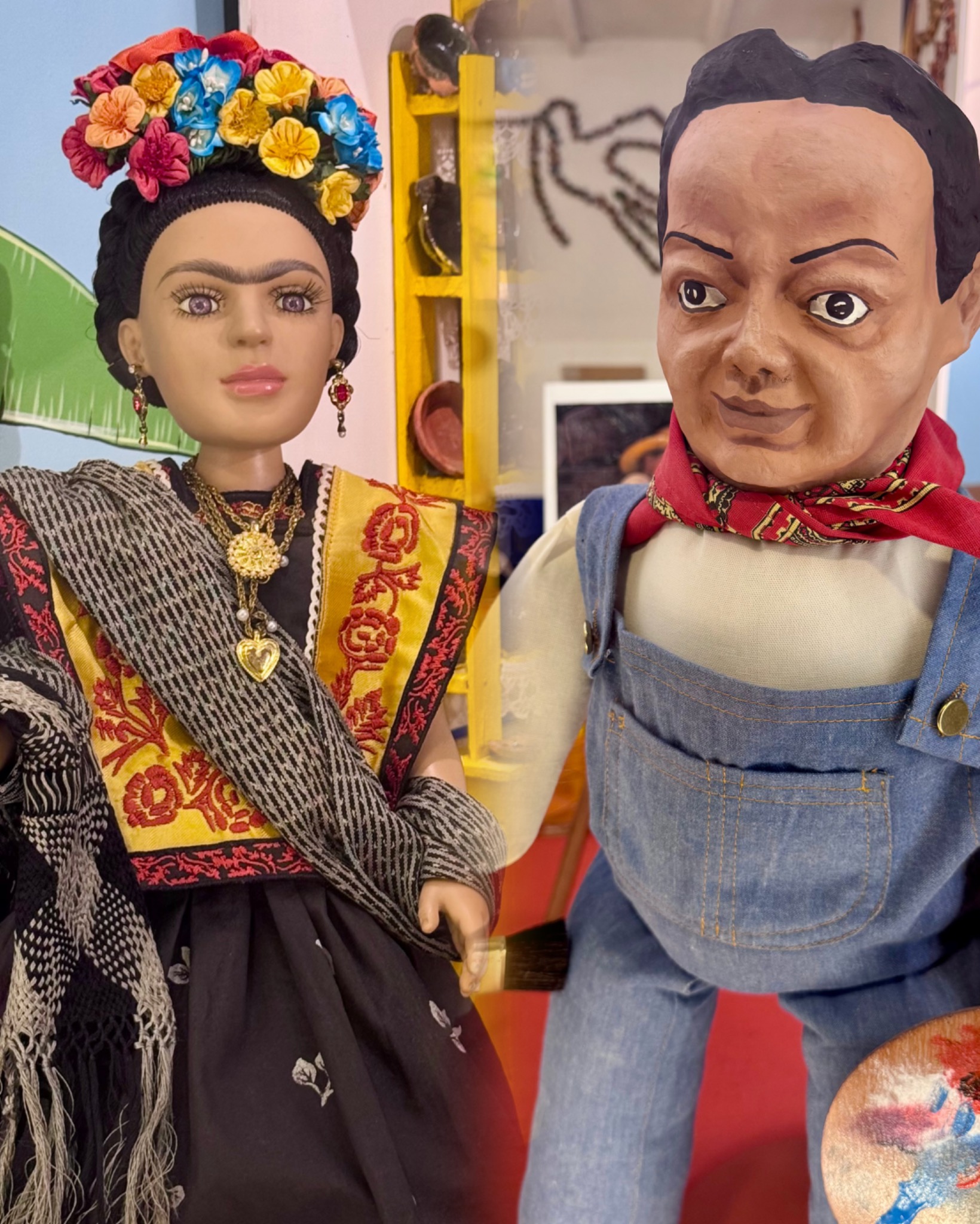
Post a comment